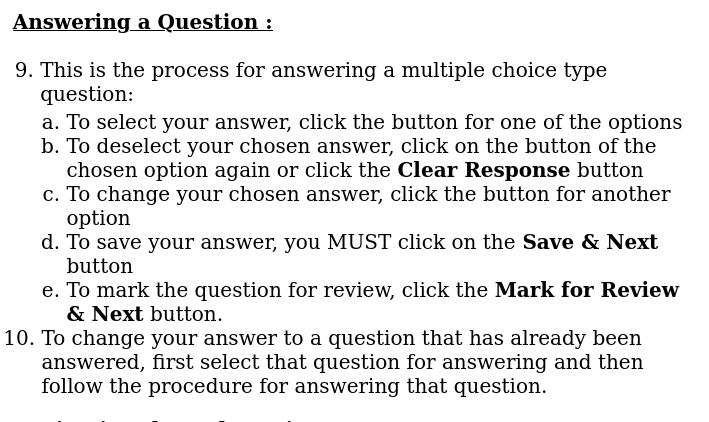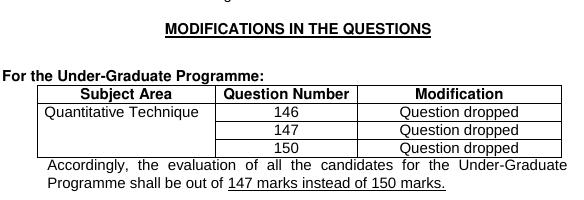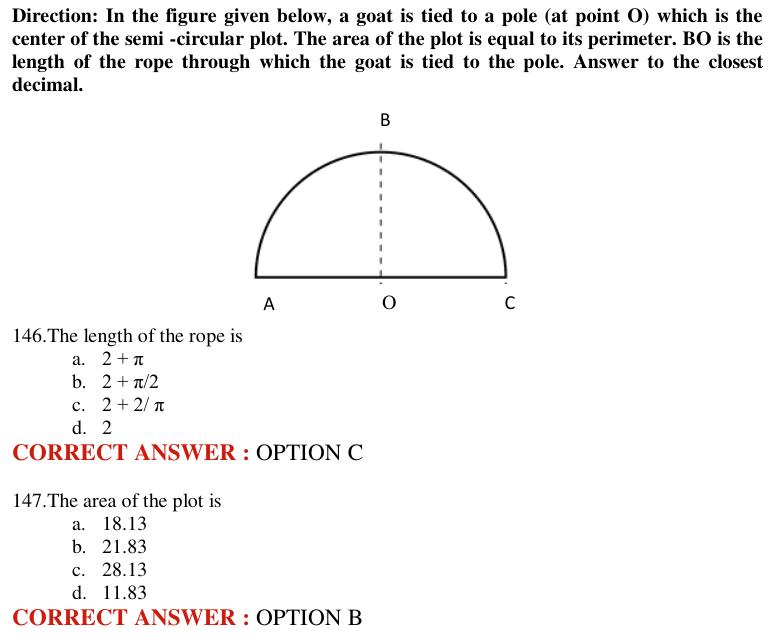The Common Law Admission Test (CLAT) has released a statement following the expert committee’s review of objections received by candidates.
The review made conclusions on several different issues, communicated in a detailed two-page note, including:
- dropping 3 questions and changing the answer keys to another 4 questions in the undergraduate exam (one each in the English and Current Affairs sections and two in Quantitative Techniques); in the postgraduate test, 1 question was dropped.
- further to potentially hundreds of complaints that the system had not correctly recorded their answers, which we had reported on in-depth on Thursday, the review concluded that no further action would be taken as the software had functioned as intended.
The press release (see in full below) also noted that next year, to prevent “unnecessary objections”, it would charge Rs 1,000 per complaint (refundable if the complaint is upheld):
The Committee noted that a large number of unnecessary objections were filed because unlike NEET, JEE and NET etc. which charge Rs. 1,000/- per objection, CLAT-2020 had made filing of objections absolutely free and therefore the number of objections filed was so high. On Expert Committee’s recommendation, the Executive Committee and Governing Body of the Consortium have resolved that from next year a fee would be imposed for the filing of objections and if the objection is accepted, the fee paid should be refunded.
We have asked the CLAT for further details on such fee, for instance, whether the same fee would be payable by candidates without means. A member of the consortium replied: “Details of fee will be decided prior to notification of next year’s CLAT.”
Technical issues not confirmed
The consortium statement defended the technology of the exam, which was run on the TCS iON platform, by “the “most reputed service provider”.
TCS iON was being used by the JEE Mains, JEE Advanced, NEET (PG), GATE, Banking Services Examinations and Railway Recruitment Board Examinations.
The statement added that the service provider had been “using the same software for 11 years and it has always worked perfectly in terms of the answers chosen by the candidates and the response sheet generated by the system”.
We have asked the CLAT for clarification on when the TCS iON software was last updated, and what kind of changes may have been made in that update (the CLAT mock exams appeared to use version 17.05.21 of the software).
Regarding the “mark for review” functionality, which for some candidates behaved differently than they had expected (albeit the long pre-exam instructions explaining how it was to be used), the CLAT statement noted that it found the instructions were “clearly written” and that any questions “marked for review” would not be evaluated, according to the instructions.
Regarding the potentially more confusing instructions to change an answer to a question (see below), the CLAT explained that the instructions:
clearly said ‘To deselect your chosen answer, click on the button of the chosen option again or click the Clear Response button.’ The candidates thus had an option either to click on the initially chosen option and change their option OR click on ‘clear response’ and give fresh option. For both MARKED FOR REVIEW as well as CLEAR RESPONSE, Audit trail recorded same response and thus no candidate was disadvantaged in anyway.

We have asked the CLAT for further clarification on whether the system would also have accepted candidates’ having changed their answer by simply clicking on the new answer (or whether, as the instructions suggest, candidates must either, less intuitively (i) first deselect the original answer by clicking on it, or (ii) first click the ‘clear response button’).
3 Questions dropped
According to a notification on its website, three quantitative technique questions – 146, 147 and 150 (see below) – in the undergraduate exam were dropped.

We understand that the three questions that were dropped (see below), because they did not have any correct answers amongst the available options.
